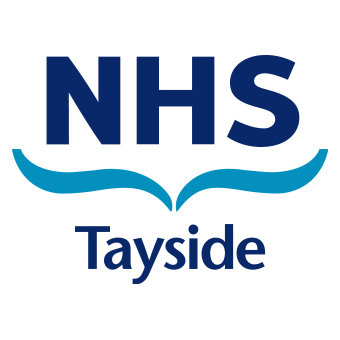Pre-arrival:
- Trauma team activated.
- Team members ‘book in’ with scribe/team leader.
- Protective equipment worn by all key personnel.
- Introductions done and team roles assigned with clearly named badges.
- Nursing pre-arrival checklist done, equipment ready.
- CT aware and ready (and occasionally blood bank, theatres).
- Consider - anaesthetic drugs drawn up/Belmont blood warmer primed.
- Consider - code red activated? - activates MHP and mandates escalation to specialty consultants.
- Paediatric calculations if indicated.
- ATMIST on the board (Age, Time of Injury, Mechanism, Injuries, Vital Signs, Treatments).
On patient arrival:
- Start the clock (delegate to Nurse A).
- All listen for concise 30 second handover from paramedics before transferring patient to trolley unless critically ill.
- Ensure one paramedic immediately attends reception to register patient.
- Command resuscitation, prioritising investigations and treatments of blunt trauma and signs of haemodynamic instability, consider pelvic binder.
- Consider massive transfusion activation if ongoing significant bleeding suspected (2222 – request massive haemorrhage ED resus then contact bloodbank ext 33394 to give patient details.)
- Give tranexamic acid if ongoing bleeding suspected (1g over 10 minutes, then 1g as infusion over 8 hours. Paeds-15mg/kg bolus, then 2mg/kg/hr).
- If meets WBCT criteria (Adult – alert CT radiographer (Ext 35071)), give estimated time to CT. Aim for CT within 30 minutes. Co-ordinate quick, but safe transfer and ongoing resuscitation in scan. Consider CT in lieu of primary survey x-rays in selected cases.
- Speak to relatives.
- Ensure Major Trauma documentation complete and initiate “ready-to-go” checklist.
